Post-Concussion Syndrome / Untreated Neck Injury
The same trauma that caused the concussion caused a misalignment in the neck.
- Headaches/Migraines
- Sound & Light Sensitivities
- Double Vision
- Ringing In Ears
- Dizziness
- Brain Fog
- Depression
- Irritability
- Fatigue
- Memory Loss
- Attention Deficit
- Anxiety
These are all symptoms that can be a result of a head trauma and concussion. If these symptoms linger- beyond a few weeks, a person is termed to have Post-Concussion Syndrome (PCS).
Great attention is given to a patient and their brain after they sustain head trauma. Recent research suggests that the same trauma that caused the brain to concuss in the skull, injures the structure of the neck and produces misalignments in the vertebrae of the neck.
In a review article written by Dr. Michael Flanagen, a leading authority on brain circulation states that the “junction between the skull and the 1st vertebrae is a potential choke point for blood and cerebral spinal fluid (CSF).” (1) Blood and CSF become backed up and together produce pressure on the frontal lobe of the brain.
Post-Concussion Syndrome patients left untreated increase their chances of permanent damage to brain structures (1). In other words, after a brain injury the patient needs a thorough examination for misalignments of the upper neck vertebrae.
The Blair Upper Cervical Technique focuses on analyzing and correcting misalignments of the Upper Cervical Spine. Safe and natural re-alignment of the upper neck restores the natural flow of blood and CSF, effectively, removing the cause of the symptoms associated with Post-Concussion Syndrome. (2)
(1)The Role of the Crainiocervical Junction in Crainiospinal Hydrodynamics and Neurodegenerative Conditions Hindawi Publishing Corporation, Neurology Research International. Volume 2015 Article ID 794829, http://dx.doi.org/10.1155/2015/794829
(2)Diagnostic Breakthrough in Multiple Sclerosis with FONAR UPRIGHT MRI Leads to Noninvasive Treatment that Results in Symptoms of MS Patient Subsiding Physiol. Chem. Phys. & Med. NMR (20 September 2011) 41: 1–17






